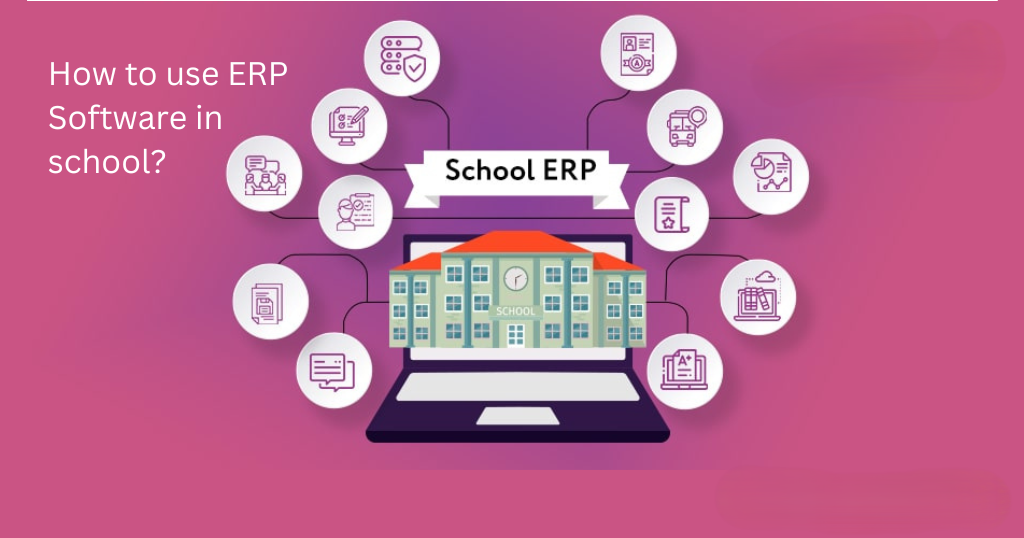Implementing ERP (Enterprise Resource Planning) systems in schools requires careful planning and execution to achieve a successful transition and fully realize the benefits.
The first step in the implementation process is thorough planning. This involves assessing the school’s specific needs, setting clear objectives, and selecting an ERP system that aligns with those needs.
Next, the integration process begins. This includes configuring the system to match the school’s workflows, integrating existing data, and ensuring compatibility with other systems used by the institution.
Effective training is crucial for a smooth transition. Staff and administrators must be trained on how to use the ERP system, understand its features, and adapt to new processes.
During and after implementation, ongoing support and maintenance are essential. This includes troubleshooting issues, performing regular updates, and ensuring the system continues to meet the school’s evolving needs.
A phased rollout approach can help manage the transition, starting with key functions and gradually expanding to cover all areas of operation.
By following these steps, schools can successfully implement ERP systems, streamline their operations, and enhance overall efficiency.
This comprehensive guide ensures that the ERP implementation process is well-managed, leading to improved administrative processes and better educational outcomes.
